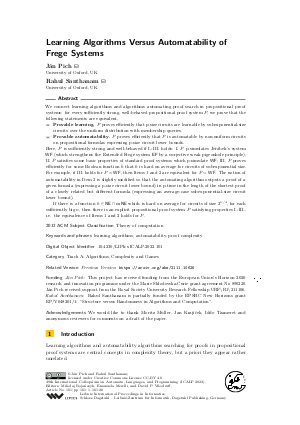LIPIcs.ICALP.2022.101.pdf
- Filesize: 2.37 MB
- 20 pages

 Creative Commons Attribution 4.0 International license
Creative Commons Attribution 4.0 International license




































Feedback for Dagstuhl Publishing